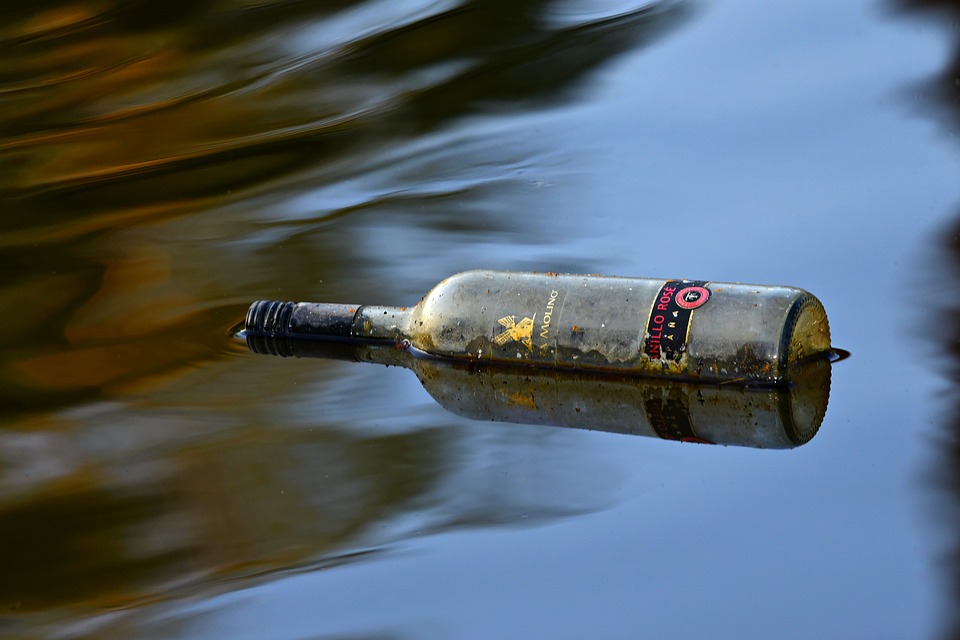Despite Being Highly Recyclable, Glass Waste can Still lead to Pollution

Due to perceptions of glass being 100 percent recyclable, we sometimes forget glass can still pollute.
Worldwide, there’s no disputing waste is a problem. Populations have grown, consumption’s augmented, and production of waste is at an all-time high. Similar to other types of waste, glass poses an acute risk and is a danger not only to our environment but to human health as well.
Although we may see glass as a pure product, glass waste oftentimes has a lot of toxic additives thrown in with it. Some of the toxins that have been found in glass waste include arsenic, lead, cadmium, and more. As these end up in landfills, evidently, they can pollute a lot of what’s there.
And, while we’re on the subject of glass waste, one must also consider the pollution that’s historically been caused by glass factories. For decades, glass was produced without giving much attention to how much waste came with said production.
Now, glass recycling is something which has gained a lot of momentum in the past fifty years. Glass is cheap to produce and is itself a ‘cheap’ material. Even so, considerable energy is required to manufacture it and energy costs have only grown in this same time period. As glass is recycled, this cuts down on energy required to re-manufacture it by 30 percent and reduces pollution required to manufacture glass by 50 percent.
When we speak about the potential of a circular economy, glass is a great example because it can be used again and again while contributing to a significantly cleaner environment. To this point, there’s a lot of hope in Canada surrounding glass recycling. There are municipalities in all 10 provinces with glass recycling programs implemented.
Despite all this great news, North Americans are actually recycling glass at a lower rate than in other countries. It’s assumed that of the 1 million metric tons of glass Canadians throw away annually, only 35 percent of this is actually recycled with the remaining ending up in landfills. As glass recycling benefits the environment, Canadians as consumers, and manufacturers, this is evidently something that needs to change.
Just think, in many European countries such as Switzerland and Germany the glass recycling rate is above 90 percent. Why the same rates are not achieved in North America have to do with a lot of different reasons.
A lot of North America’s glass recycling processes and related plants pale in comparison to Europe’s. The amount of processing required to get glass re-manufactured is more here than elsewhere. Single-stream recycling collection also intermixes glass with other recyclables such as plastic, newsprint, cardboard, aluminum, and more. Having to sort through these products to arrive at glass is another step that adds time and effort on top of what’s already there. It also oftentimes can result in broken glass. The economics of producing recycled glass are also not necessarily at the stage yet where more facilities can be built and where it’s feasible to launch glass recycling initiatives. Simply put, selling recycled glass is not as lucrative as other products.
As recycling in Toronto, Ontario, and in Canada continues to be the cultural and social norm, we’re hopeful for more glass recycling to take place. The population’s becoming educated. Recycling programs continue to be launched from municipality to municipality. Unquestionably, here’s a lot of hope for the future and continuing to divert recyclable waste away from our landfills.


